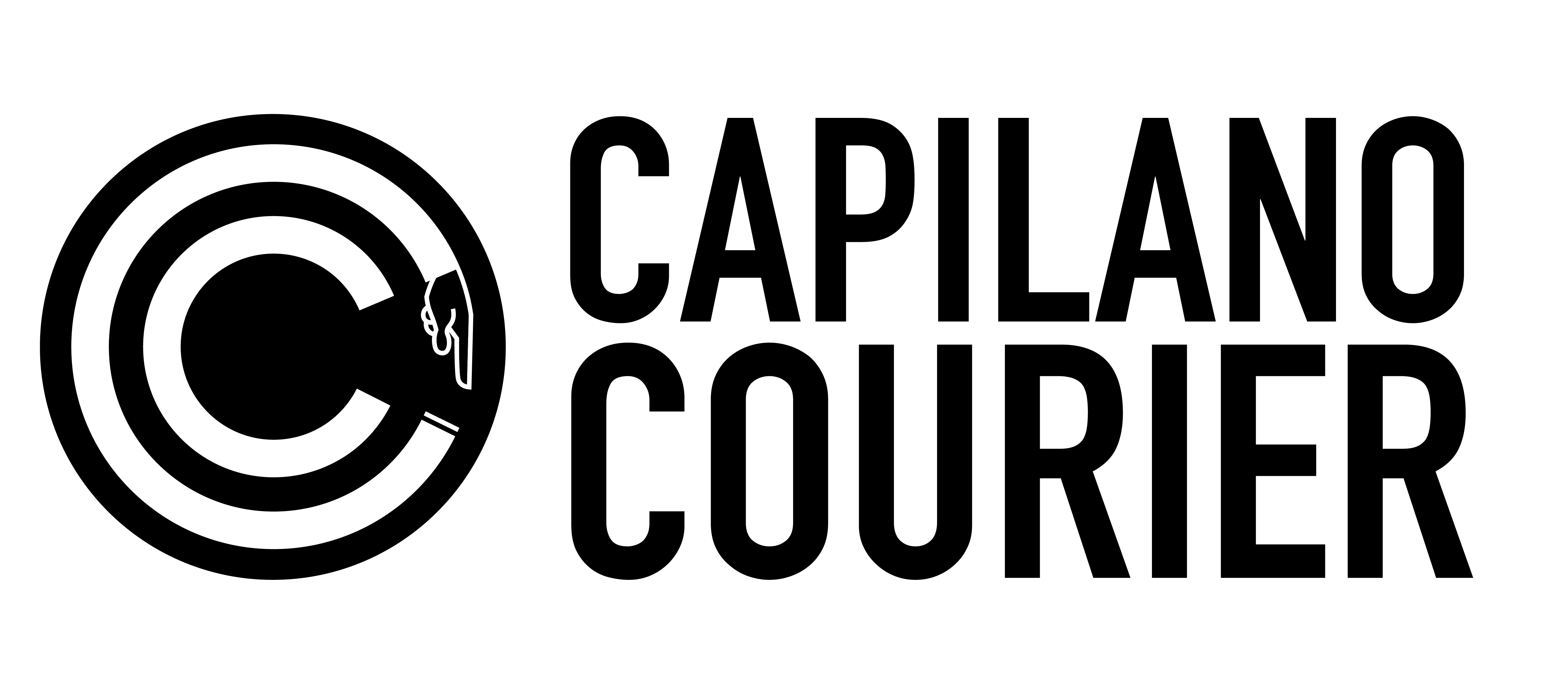The free workshops encourage individuals to participate in life-saving training
Greta Kooy, News Editor
BC declared a public health emergency in April 2016 due to the alarming increase in deaths connected with drug overdoses.
In late July 2018, CBC News reported that 130 suspected overdose calls occurred in just one day. Despite this high number, there were no reported fatalities. Linda Lupini, an executive vice-president for the Provincial Health Services Authority (PHSA) and BC Emergency Health Services, told CBC that the calls came two days after income assistance was distributed. Lupini also mentioned that officials were working on ways to reduce the stigma that surrounds drug use.
St. John Ambulance is one organization that has come forward to combat the crisis by providing free Opioid Overdose Response Training. The program began in April 2017 when St. John Ambulance received funding from the provincial government, and is now offered at 18 St. John Ambulance branches across the provinces, including one in North Vancouver on Mountain Highway.
“We’ve had a slow start because we’ve really been focusing on not-for-profit organizations and those who are likely to come across an overdose,” said Government Relations and Strategic Partnership Lead, Drew Binette, who heads the program. Since then, courses have been opened up to more people.
“The opioid epidemic is getting worse, not better,” said Amanda Tracey, a social media and content coordinator for St. John Ambulance servicing BC and the Yukon Territory. “People need to be able to assess if someone is having an overdose, confidently administer naloxone and perform artificial respiration to save a life. St. John Ambulance has stepped up to provide this vital training.”
“We offer two training sessions, and our training is a bit more in-depth because we’re dealing with needles… a lot of individuals aren’t comfortable with that,” he said. Among other things, Binette’s responsibilities include overseeing the opioid overdose file.
The program offers a seven-hour course that, in the morning, approaches adult CPR (cardiopulmonary resuscitation) and AED (automated external defibrillator) training. In the afternoon, the remaining three hours of the course address naloxone and opioid training.
During the afternoon session, professional instructors address the stigma and discrimination surrounding drug use. Their goal is to teach participants how to identify an overdose and, if they’re comfortable with doing so, how to administer naloxone, apply artificial respirations and assess ongoing care.
“At the end of that course you get a take-home naloxone kit,” said Binette. “So, we’ve provided you with the knowledge and now we’re going to provide you with the tools.”
The Opioid Overdose Response Training is a free course with no barriers according to Binette. “You don’t need to have any first aid training at all,” he said. “We work with you, and there’s a [maximum] size of 12 participants so we get a lot of one-on-one care.”
Individuals as young as 12-year-olds have participated in the Opioid Overdose Response Training program and, according to Binette, the reason that barriers like age are removed is to allow anyone who is interested in receiving training. In administering training, St. John Ambulance is attempting to reduce stigma and encourage involvement. “When we look at a 12-year-old taking the training, we think ‘Wow, that’s pretty young.’ But in 2017, 24 people died between the ages of ten and 18 from opioid overdoses, and this year alone we’re up to 12,” he said.
Overdoses are not what they used to be. They’ve moved off the streets and indoors, becoming an invisible issue that’s harder to witness and react to. “It’s not just the junkies or the homeless that you see on the street, it can really be anybody,” said Binette.
Last year, Thompson Rivers University Vice President, Christopher Seguin, died as a result of an accidental overdose. He was just 39 at the time of his passing.
A report published by Health Promotion and Chronic Disease Prevention in Canada in September read that 66 per cent of overdose cases were male and 49 per cent of cases were between the ages of 20 and 39.
“The individuals that are overdosing, no matter where they are, they’re not overdosing on purpose. These people aren’t choosing to die,” said Binette. “Opioid addiction isn’t a conscious decision, it becomes part of your body and it becomes part of your system, and you aren’t able to get away from that.” He also noted that people are more than likely to die alone in cases of overdose.
“There’s things like the Good Samaritan Act that everyone should be aware of,” said Binette.
The Good Samaritan Drug Overdose Act, for instance, provides immunity from possession charges to anyone who calls 911 to report an occurring overdose.
St. John Ambulance is the largest first aid provider in BC, training 70,000 people a year. Binette and the rest of the organization would like to see, moving forward, Opioid Overdose Response Training become part of the first aid curriculum – a national standard.
“What we have seen is a slight decrease in overdose deaths from last year, and I think that’s [because] of the hard work that the province has done towards harm reduction,” said Binette.
The next Opioid Overdose Response Training session in North Vancouver takes place on Thursday, Oct. 25 from 6-9:30 pm.
For more information, or to learn how to participate in one of these overdose response courses, visit startsavinglives.ca.





